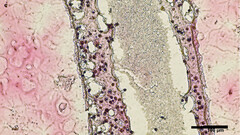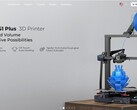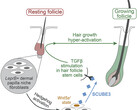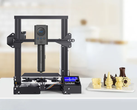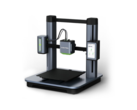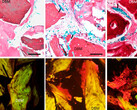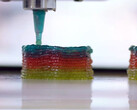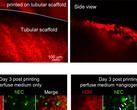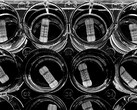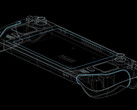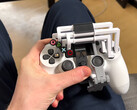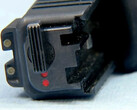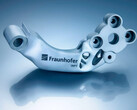Scientists from the University of British Columbia (UBC) have managed to 3D-print replicas of sperm-producing tubular structures made from viable testicular cells. The bioprinting material was collected via biopsying testicular stem cells from patients who have non-obstructive azoospermia (NOA), the heaviest form of male infertility. Those protocells were then grown and multiplied before 3D-printing them into a tubular structure similar to the sperm-making ones located in human testicles.
Not only was the bioprinting method successful in terms of cell survival, but after 12 days the tubes were examined and the material "had matured into several of the specialized cells involved in sperm production." Furthermore, the faux testicular tubes "were showing a significant improvement in spermatogonial stem cell maintenance – both early signs of sperm producing capabilities," says the report. According to the the study's lead researcher, UBC urology assistant professor Dr. Ryan Flannigan:
Increasingly, we’re learning that there are likely many different causes of infertility and that each case is very patient specific. With that in mind, we’re taking a personalized, precision medicine approach – we take cells from a patient, try to understand what abnormalities are unique to them, and then 3D print and support the cells in ways that overcome those original deficiencies.
The research team's goal now is to experiment with feeding the bioprinted cells various suitable nutrients and growth factors in order to trick them into viable sperm production that could subsequently be used in novel infertility treatments for couples trying to conceive.


